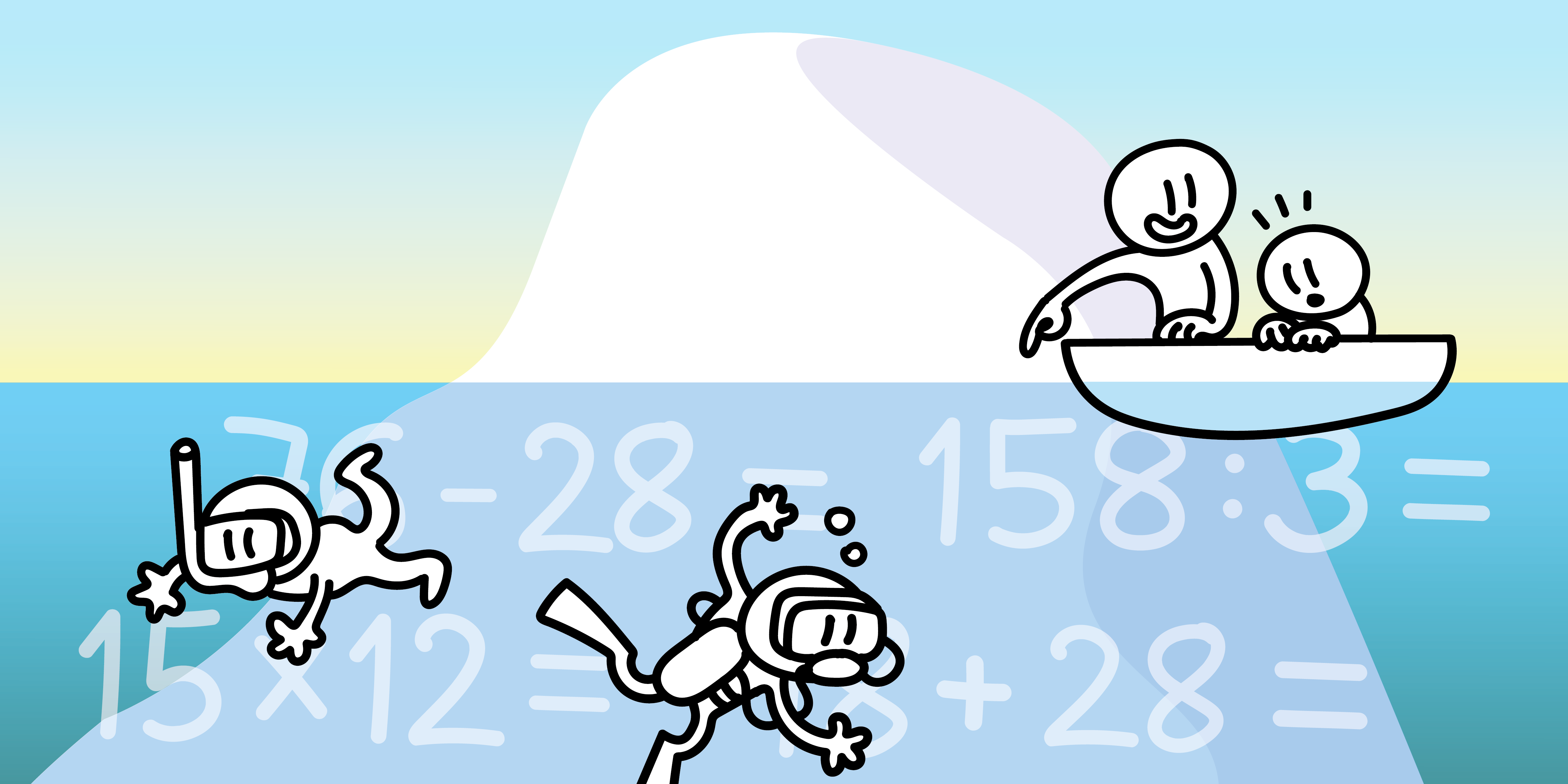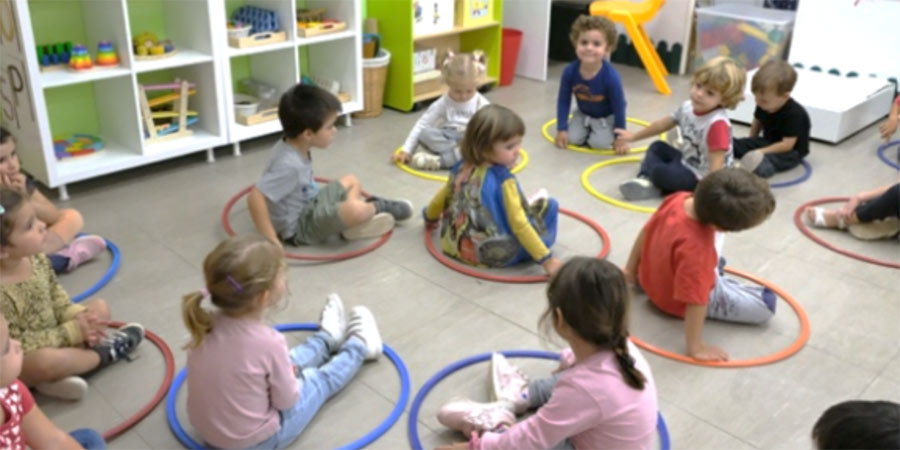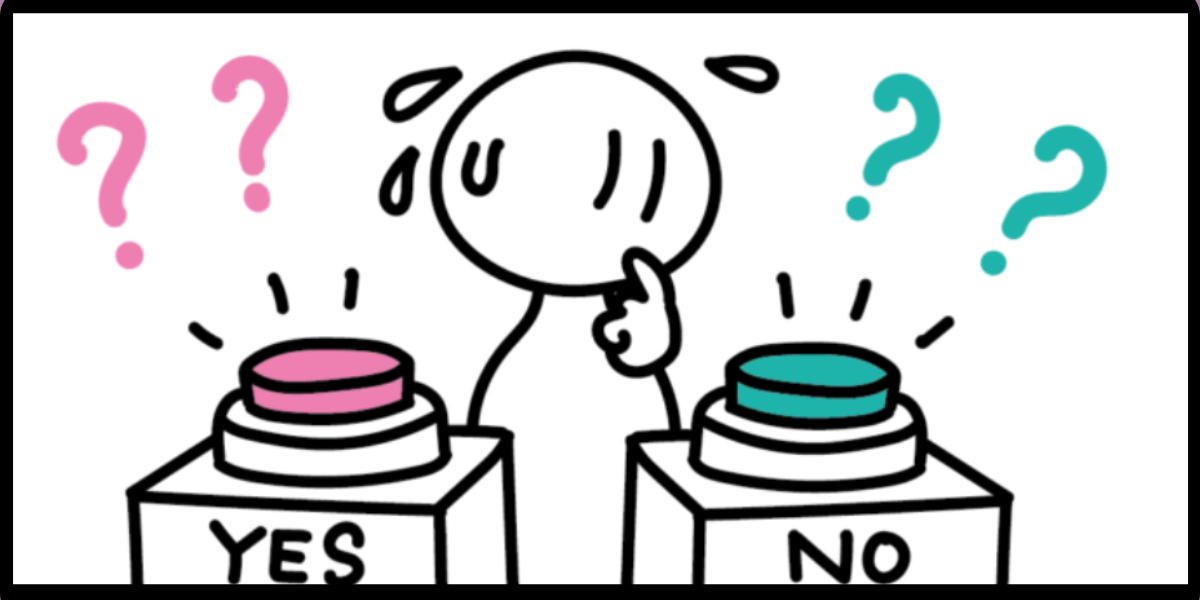Do you remember math class when you went to school? What was it like for you? In many cases, math class was a place where students ‘learned’ formulas in a dull way without knowing why. In these classes, students mechanized and memorized. But just as we put forward in the To Practice or not to Practice article, repeating until memorized isn’t a guarantee of learning.
Fortunately, there is another type of math class, a welcoming place where mistakes are also welcome and where everyone’s participation is celebrated, where we don’t only work on content (numbers, geometry, etc.) but we also work on competency (reasoning, solving problems, etc.). Classes where students see the world through a math lens.
Although there is now a written rule (the STATE Standards) to incorporate competencies in class, in a class rich in math, it has always been worked on together with content. So, it is not surprising that more and more teachers find value in more competency-based teaching. They have understood that the foundation of knowledge is the student learning from understanding, not repeating.
Competency-based activities and problems in math
A competency-based activity is one which has mathematic competencies as its manifesto. That is, how math is learned. Generally, the activity starts with a problem, a question, a challenge to which we don’t have a predetermined strategy ready to solve it.
Traditionally, a real-world situation (for example ‘17 people are travelling on a bus, 4 more get on at the next stop. How many people are there now?’) doesn’t have to be a problem because normally it has a defined path to get to the answer and doesn’t imply a challenge. However, this doesn’t mean that we shouldn’t propose real-world situations in the classroom.. They are fundamental in working on basic arithmetic operations, reading comprehension and connections to daily life.
In class...
Let’s imagine a class in which a teacher sets an activity with some number cards going from 1-9 and asks the students to take two and add the digits. After practicing for a short while the teacher asks, “If I take two cards randomly, what results can I get?” At this moment, the students should realize that there is more than one solution and they should think of strategies to find all of them without missing or repeating any.

These kind of activities implicitly contain basic ideas from the Problem Solving process (understanding word problems, designing strategies of systematic and exhaustive thought, verifying a solution, etc.) and, differently to real-world situations, we can’t automatize them. Math is creating, imagining, looking for strategies… and having a good time discovering the world!
In this way we can see how a teacher’s classroom management is very important for a child to learn how to question. So we must encourage a good problem solving environment in class. We must create open-ended questions in which the student can analyze what is happening and take it further. If a task allows students to ask questions, this is a good sign.
We as teachers and role models should generate these situations and place questions at the center of learning. And, above all, we should celebrate and value a student asking a really good question.







